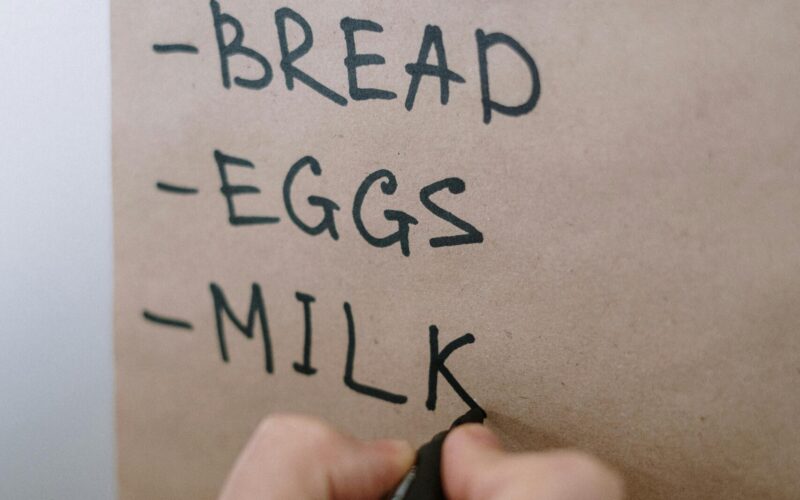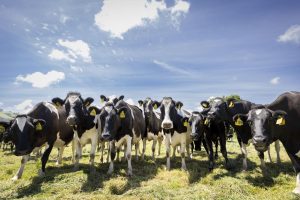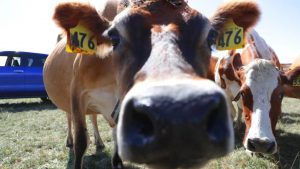
Animal milk makes for diets that are nutritious and sustainable – and cost less than plant-based nutrition.
Dairy can play an important role when it comes to promoting diets around the world that are affordable and nutritious, the Riddet Institute’s Dr Sylvia Chungchunlam says.
Food prices are major determinants of food choice, diet quality and nutrient security and this greatly influences dairy’s role in diets, Chungchunlam said during a presentation at the International Dairy Federation’s Global Dairy Summit in Paris.
It is one of the four lenses through which sustainability can be looked at, with the other three being cultural acceptability, healthy nutrition and the environment.
Looking at the environment dimension, Chungchunlam said animal-sourced foods have a relatively high environmental footprint compared to plant-based foods. This has led to the development of diets that include mainly plant-based foods, limited dairy products and very little meat.
“When we look at healthy nutrition, what we found is that the Eat Lancet diet is actually inadequate for vitamin D, 12, calcium, iron and zinc.
“And when we look at affordability, what we find is that the global median cost of US$2.84 a day is actually unaffordable for 27% of the world’s population,” she said.
On a cost and affordability basis, dairy milk is less on a per unit weight, costing US$1.62 per 1000ml, which is significantly less than other plant-based beverages.
It is also less on a calcium basis, working out at US$1.30 per 1000mg of calcium compared to plant-based beverages.
Chungchunlam also studied what would be the most affordable and healthy diet and what were the minimum costs for foods to meet basic nutrient needs using a mathematical modelling approach.
In the United States, a purely plant-based diet costs 45% more than the least-cost diet that includes animals.
In the US, the least-cost nutritious diet costs US $1.98 while the least-cost plant diet costs US $3.61.
For milk to drop out of those least-cost nutrition, nutrient-adequate diets, the price of milk would have to be increased eight times, she said.
“So how does milk really place within those two diets? When dairy milk is present, it’s actually contributing 26% of a food cost. But when you get replaced by soy milk, soy milk is actually contributing more of the cost, and dairy milk actually contributes more protein compared to soy milk.”
A similar study in New Zealand found that a plant-based diet cost 26% more than a least-cost diet that includes animals.
Preliminary data looking at a developing country such as Indonesia shows that dairy milk contributes 12% in diet costs. Similar results are also seen in Tanzania, she said.
You can now read the most important #news on #eDairyNews #Whatsapp channels!!!
🇺🇸 eDairy News INGLÊS: https://whatsapp.com/channel/0029VaKsjzGDTkJyIN6hcP1K

























